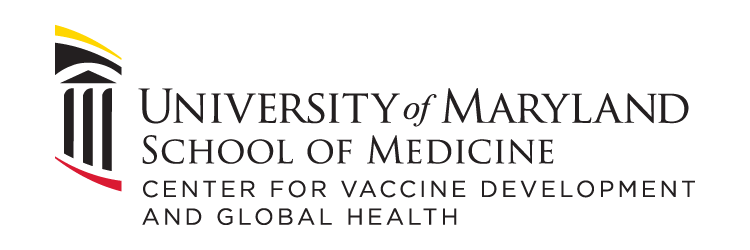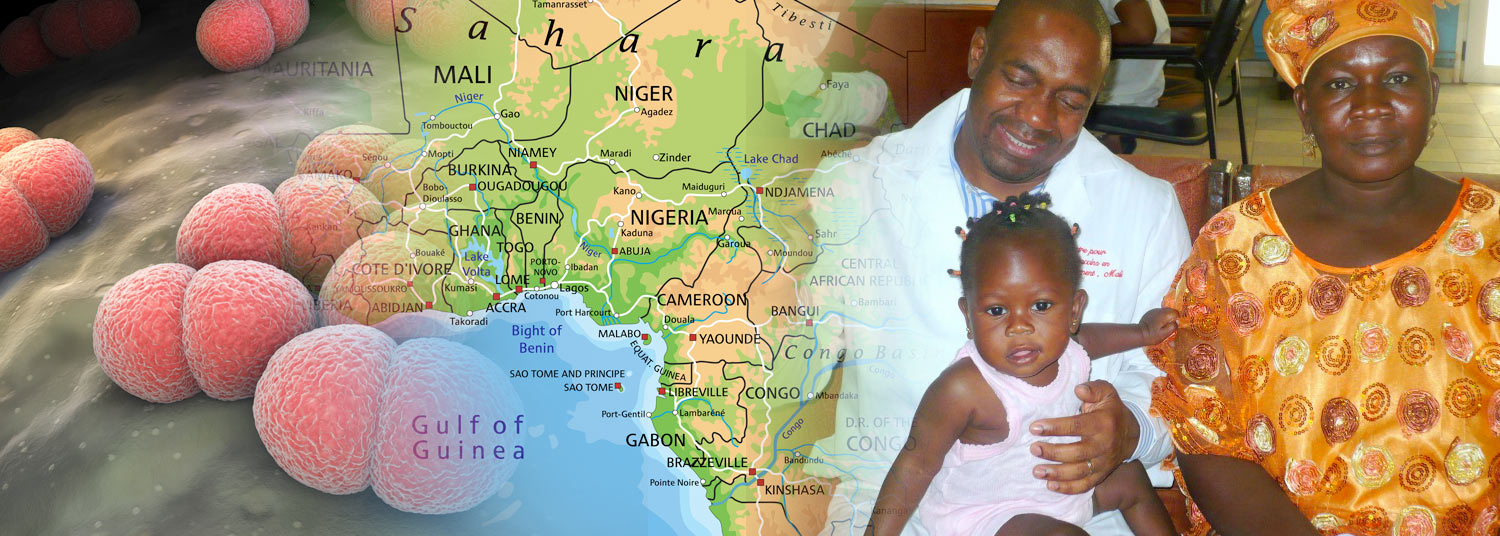October 02, 2023 | Deborah Kotz
Dr. Samba O. Sow, Director General of CVD-Mali, has led efforts to eradicate meningococcal disease in the African Meningitis Belt for more than a decade.
IDCRC study assessing meningococcal pentavalent (five in one) vaccine for infants in Africa shows vaccine provides protection against meningococcal meningitis
University of Maryland School of Medicine (UMSOM) researchers, as part of the Infectious Diseases Clinical Research Consortium (IDCRC), provided an interim analysis showing that the pentavalent (NmCV-5) meningitis vaccine is safe for use in 9-month-old infants in the meningitis belt of sub-Saharan Africa. They presented their results to the World Health Organization’s (WHO) Strategic Advisory Group of Experts (SAGE) on Immunization on September 26.
SAGE recommended that all countries in the African meningitis belt introduce the novel pentavalent meningococcal conjugate vaccine targeting serogroups A, C, Y, W and X (Men5CV) into their routine immunization programs in a single-dose schedule at 9 to 18 months of age.
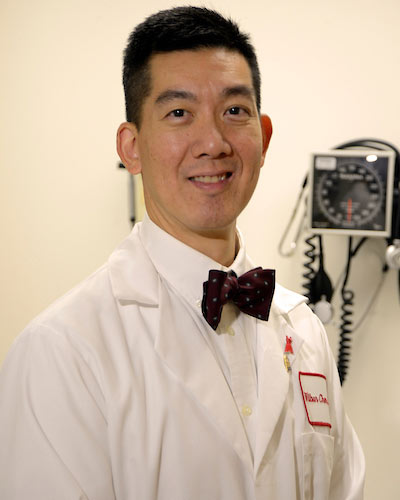
Receiving WHO approval could lead to a monumental shift in the burden of meningitis in susceptible parts of Africa. “I’m excited to lead this critical clinical study of a vaccine that has the potential to curtail invasive meningococcal disease from the meningitis belt,” said Wilbur Chen, MD, MS, professor of medicine at UMSOM’s Center for Vaccine Development and Global Health (CVD) and protocol chair for this study.
Study participants included infants randomized to receive a meningococcal vaccine at 9 months. Infants randomized to the 9-month age group were then further randomized in a 2:1 ratio to receive a single dose of the experimental meningococcal vaccine (NmCV-5) or a single dose of the comparator meningococcal vaccine (MenACWY-TT, Nimenrix). The interim results of the 9-month-old infants found NmCV-5 is proven to protect against meningococcal serogroups A, C, W, X, and Y. These are all epidemic-causing strains currently circulating in the African meningitis belt in young infants.
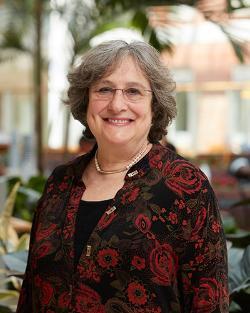
“This collaboration among global partners that has resulted in the development of a safe, effective and inexpensive vaccine brings us one giant step closer to more effectively preventing the devastating epidemics of meningococcal meningitis in sub-Saharan Africa,” said Karen Kotloff, MD, professor of pediatrics, associate director for clinical research in UMSOM’s CVD, and principal investigator of the UMSOM VTEU. Researchers at the Vaccine Treatment and Evaluation Unit (VTEU) at UMSOM are performing the study in partnership with the Center for Vaccine Development-Mali (CVD-Mali).
Visit ClinicalTrials.gov for additional details. The IDCRC, in partnership with the National Institute of Allergy and Infectious Diseases (NIAID) at the National Institutes of Health, is conducting this study. The research is supported by NIAID cooperative agreement UM1AI148689.
About Infectious Disease Clinical Research Consortium (IDCRC)
This activity is supported by the Infectious Diseases Clinical Research Consortium (IDCRC) through NIAID (UM1AI148684). The IDCRC, consisting of the Vaccine Treatment and Evaluation Units (VTEUs) and the IDCRC Leadership Group, was formed in 2019 to support the planning and implementation of infectious diseases clinical research that efficiently addresses the scientific priorities of NIAID. The consortium includes infectious diseases leaders and clinical researchers from Emory University, University of Maryland School of Medicine, Baylor College of Medicine, Cincinnati Children’s Medical Center and University of Cincinnati, FHI360, Fred Hutchinson Cancer Research Center, Johns Hopkins University, Kaiser Permanente Washington Health Research Institute, New York University, Saint Louis University, Vanderbilt University Medical Center, University of Alabama at Birmingham, University of Rochester, University of Washington, and NIAID. For more information about the IDCRC, please visit www.IDCRC.org.
About the University of Maryland School of Medicine Vaccine Treatment and Evaluation Unit (VTEU)
NIAID established the Vaccine and Treatment Evaluation Units (VTEUs) in 1962 as a consortium comprising centers of excellence for conducting clinical trials to develop new and improved vaccines and therapies against infectious diseases. University of Maryland School of Medicine (UMSOM) investigators have been the recipients of this award for over four decades (current award number 5UM1AI148689) and have conducted hundreds of clinical trials to develop products that can be used to reduce disease burden and to counteract existing and emerging public health threats. In keeping with the program’s focus on bringing vaccines to underserved populations globally, the VTEU at UMSOM performs international studies of vaccines to prevent the major killers of children in the world, including malaria, meningitis, diarrheal disease, and pneumonia. With its rapid response capability, the VTEU at UMSOM plays leadership roles in pivotal trials that support approval and licensure of vaccines and therapeutics to control pandemics including the 2009 swine flu and COVID-19. Other trials have strengthened the national stockpile of vaccines to prevent infections that could be used as a bioterrorist weapon against the U.S., such as smallpox and anthrax. Innovative strategies are used to expand the array of pathogens that can be prevented with vaccines, and to improve delivery, strengthen effectiveness, and expand supply and access to these life-saving measures. The VTEU at UMSOM conducted the first clinical study of an edible vaccine that that might protect against travelers’ diarrhea, evaluated numerous needle-free vaccine administration strategies, developed combination vaccines so fewer inoculations could prevent more infections, and tested a topical antibiotic to prevent serious infections among critically ill infants. The broad opportunities provided by the VTEU has contributed to the training of generations of vaccinologists.
About the University of Maryland School of Medicine
Now in its third century, the University of Maryland School of Medicine was chartered in 1807 as the first public medical school in the United States. It continues today as one of the fastest growing, top-tier biomedical research enterprises in the world -- with 46 academic departments, centers, institutes, and programs, and a faculty of more than 3,000 physicians, scientists, and allied health professionals, including members of the National Academy of Medicine and the National Academy of Sciences, and a distinguished two-time winner of the Albert E. Lasker Award in Medical Research. With an operating budget of more than $1.2 billion, the School of Medicine works closely in partnership with the University of Maryland Medical Center and Medical System to provide research-intensive, academic and clinically based care for nearly 2 million patients each year. The School of Medicine has nearly $600 million in extramural funding, with most of its academic departments highly ranked among all medical schools in the nation in research funding. As one of the seven professional schools that make up the University of Maryland, Baltimore campus, the School of Medicine has a total population of nearly 9,000 faculty and staff, including 2,500 students, trainees, residents, and fellows. The combined School of Medicine and Medical System (“University of Maryland Medicine”) has an annual budget of over $6 billion and an economic impact of nearly $20 billion on the state and local community. The School of Medicine, which ranks as the 8th highest among public medical schools in research productivity (according to the Association of American Medical Colleges profile) is an innovator in translational medicine, with 606 active patents and 52 start-up companies. In the latest U.S. News & World Report ranking of the Best Medical Schools, published in 2023, the UM School of Medicine is ranked #10 among the 92 public medical schools in the U.S., and in the top 16 percent (#32) of all 192 public and private U.S. medical schools. The School of Medicine works locally, nationally, and globally, with research and treatment facilities in 36 countries around the world. Visit medschool.umaryland.edu
About the Center for Vaccine Development and Global Health at the University of Maryland School of Medicine
For over 40 years, researchers in the Center for Vaccine Development and Global Health (CVD) have worked domestically and internationally to develop, test, and deploy vaccines to aid the world’s underserved populations. CVD is an academic enterprise engaged in the full range of infectious disease intervention from basic laboratory research through vaccine development, pre-clinical and clinical evaluation, large-scale pre-licensure field studies, and post-licensure assessments. CVD has created and tested vaccines against cholera, typhoid fever, paratyphoid fever, non-typhoidal Salmonella disease, shigellosis (bacillary dysentery), Escherichia coli diarrhea, nosocomial pathogens, tularemia, influenza, coronaviruses, malaria, and other infectious diseases. CVD’s research covers the broader goal of improving global health by conducting innovative, leading research in Baltimore and around the world. Our researchers are developing new and improved ways to diagnose, prevent, treat, control, and eliminate diseases of global impact, including COVID-19. In addition, CVD’s work focuses on the ever-growing challenge of antimicrobial resistance.
Contact
Deborah Kotz
410-706-4255
dkotz@som.umaryland.edu
Related stories
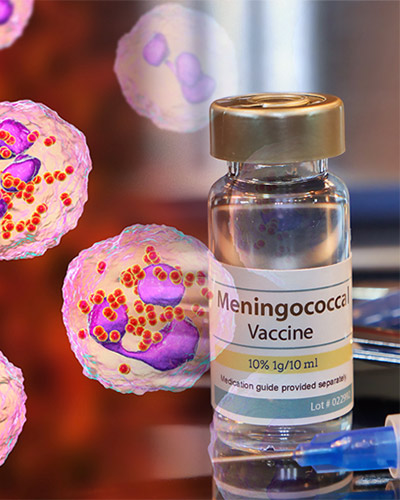
Thursday, March 24, 2022
UM School of Medicine Leads Research to Assess Meningococcal Vaccine for Infants and Young Children in Africa
Researchers at the University of Maryland School of Medicine (UMSOM)’s Center for Vaccine Development & Global Health (CVD) are leading a study to evaluate the use of a pentavalent – or five in one – meningococcal conjugate vaccine (NmCV-5) among infants and young children in the meningitis belt of sub-Saharan Africa. This is the final and pivotal study for World Health Organization (WHO) prequalification of this vaccine, which is the last stage to make the vaccine available for low- and middle-income countries.

Wednesday, January 27, 2021
Dr. Wilbur Chen, Nationally-Recognized Vaccine Researcher, Selected for Federal Committee that Guides Immunization Policies
Wilbur H. Chen, MD, MS, FIDSA, FACP, Professor of Medicine at the University of Maryland School of Medicine (UMSOM), has been named a new voting member of the federal government’s Advisory Committee on Immunization Practices (ACIP), the prestigious board of experts that makes recommendations on the safe use of vaccines for Americans. The U.S. Department of Health and Human Services selected Dr. Chen for the 15-member advisory committee based on his expertise and national leadership in vaccinology, infectious diseases, public health, and preventive medicine. He will remain in his current role at UMSOM while he serves in his four-year term, which began last month.
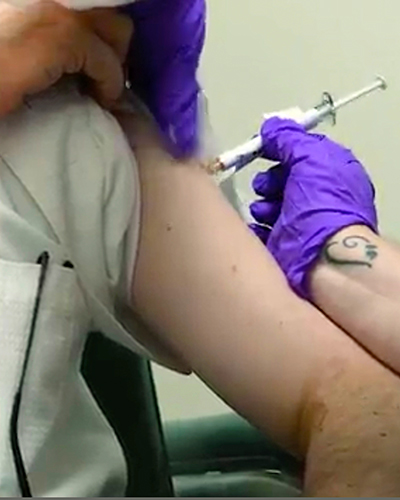
Tuesday, May 05, 2020
UM School of Medicine is First in U.S. to Test Unique RNA Vaccine Candidate for COVID-19
In a significant development in the global effort to discover a safe and effective vaccine for COVID-19, researchers at the University of Maryland School of Medicine (UMSOM) became the first in the U.S. to begin testing experimental COVID-19 vaccine candidates developed by Pfizer and BioNTech. The research, funded by Pfizer Inc., will study the safety, efficacy, and dosing of an experimental mRNA -based vaccine.

Tuesday, December 10, 2019
UMSOM Researchers to Test Vaccine Designed to Protect Against Serious Illness from Contaminated Food and Water
Each year, millions of people contract serious diarrheal illnesses typically from contaminated food and water. Among the biggest causes of diarrheal diseases are the bacteria Shigella and enterotoxigenic Escherichia coli (ETEC), and researchers at the University of Maryland School of Medicine are testing a vaccine designed to offer protection against these serious pathogens.
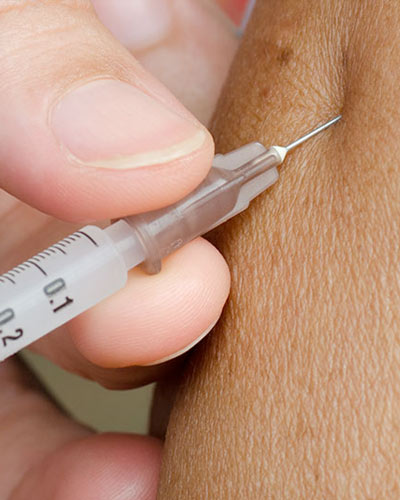
Tuesday, March 20, 2018
UMSOM Vaccine Experts Lead Trial on Avian Flu Vaccine
Vaccine experts at the University of Maryland School of Medicine (UMSOM) have begun multiple clinical trials of vaccines designed to protect against H7N9, an avian influenza virus that was first reported in humans in 2013 in China.
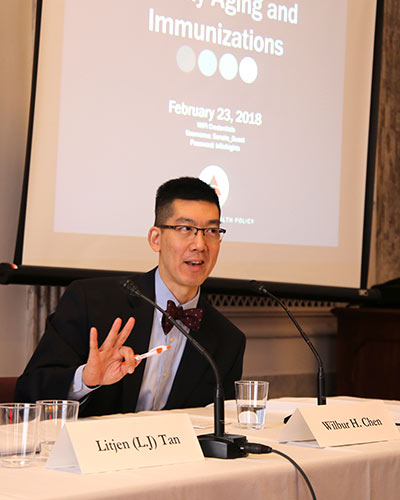
Friday, February 23, 2018
UMSOM Vaccine Expert Highlights Need for Vaccination Among Older Adults During Capitol Hill Briefing
Today at a briefing on Capitol Hill, Wilbur Chen, MD, MS, Associate Professor of Medicine at the University of Maryland School of Medicine, warned that the U.S. population of adults 65 and older is expected to rise significantly over the next few decades, making vaccinations against diseases like influenza, pneumonia and shingles for this population very critical.
